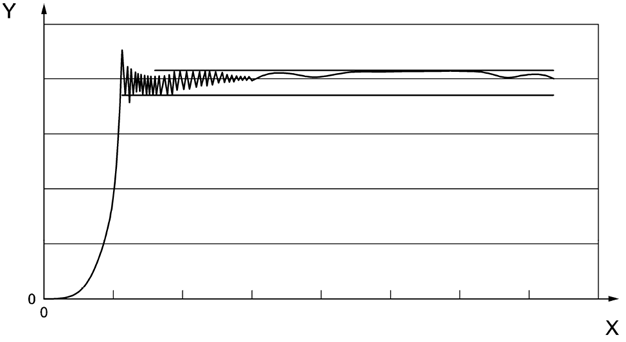To determine the friction factor µ two alternative methods are given. A practical approach to make an assumption on the applicable friction factor is the inclination test which can be carried out by any party involved in the packing of a CTU. The alternative method to determine the exact friction factor is the pulling test which however needs laboratory equipment.
1 Inclination test
The factor µ indicates how easily a cargo will slide if the cargo platform is tilted. A method to find µ is to incline a cargo platform carrying the cargo in question, and measure the angle (α) at which the cargo starts to slide. This gives the friction factor µ = 0.925 · tan α. Five tests should be done under practical and realistic conditions, the highest and lowest values should be ignored and the average of the remaining three used to determine the friction factor.
2 Pulling test
2.1 The test rig consists of the following components:
- Horizontal floor with a surface representing the cargo platform
- Test device for tensile tests
- Connecting device between the test equipment and the bottom of the package
- PC based evaluation system.
The tensile device should comply with ISO standard 7500-1.
2.2 The test conditions should correspond to real ones; the contact surfaces should be swept clean and free from impurities. Tests should be executed in an atmospheric condition 5 in accordance with ISO 2233:2001 at a temperature of + 20°C and 65% relative humidity.
2.3 The pulling speed should be 100 mm /min, the sampling rate should be at least 50 Hz.
2.4 A measurement of pulling force and way of displacement is made with the same test object in one arrangement with a respective glide path of 50 mm to 85 mm for each stroke. At least three individual strokes should be carried out with an intermediate unloading of at least 30% of the pulling force per measurement (see also figure 7.56).
2.5 A measurement series consists of three measurements for each of three strokes. The test piece and/or anti slip material should be replaced for each measurement, so that any influence of material wear on the result of the measurement can be excluded.
Figure 7.56 |
Key: Y - Pulling force X - Direction of displacement
2.6 The friction factor µ should be determined according to the equation mentioned below, taking into account the three medium values of each of the three measurements:
µ = (pulling force · 0.95) / (weight · 0.925)
2.7 For a most realistic determination of frictional forces and friction factors, multiple measurements series should be executed, each with different test samples for cargo area, anti-slip mat and load bearer or load.
2.8 If the measurement condition differs from what is specified above, the test conditions should be documented in the test report.
